Coaxial Cable is divided into four layers from inside to outside: central copper wire (single-strand solid wire or multi-strand wire), plastic insulator, mesh conductive layer, and wire sheath. The central copper wire and the mesh conductive layer form a current loop. It is named because the central copper wire and the mesh conductive layer are in a coaxial relationship.
Coaxial cables conduct alternating current rather than direct current, which means the direction of the current reverses several times per second. If you use ordinary wires to transmit high-frequency currents, this wire will act as an antenna that transmits radio to the outside. This effect consumes the power of the signal and reduces the strength of the received signal.
Coaxial cables were designed to solve exactly this problem. The radio emitted by the central wire is isolated by the mesh conductive layer, and the mesh conductive layer can control the emitted radio by grounding.
There is also a problem with coaxial cables, that is, if a certain section of the cable undergoes relatively large extrusion or twisting deformation, the distance between the central wire and the mesh conductive layer will not be consistent, which will cause the internal radio waves to be blocked. Reflected back to the source from which the signal was sent. This effect reduces the received signal power. To overcome this problem, a plastic insulator is inserted between the central wire and the mesh conductive layer to ensure a consistent distance between them. This also contributes to the relatively rigid nature of the cable and makes it less prone to bending.
The shielding material of the coaxial cable is mainly to improve the outer conductor, from the initial tubular outer conductor to single-layer braiding and double-layer metal. Although the tubular outer conductor has very good shielding performance, it is not easy to bend and is inconvenient to use. The shielding efficiency of single-layer braiding is the worst, and the transfer impedance of double-layer braiding is 3 times lower than that of one-layer braiding. It can be seen that the shielding effect of double-layer braiding has been greatly improved compared with single-layer braiding. All major coaxial cable manufacturers are constantly improving the outer conductor structure of the cable to maintain its performance.
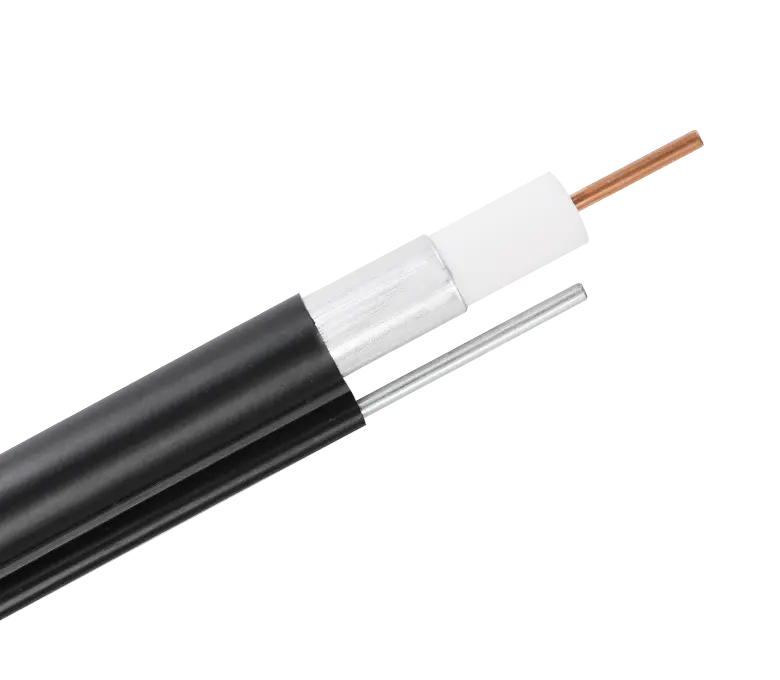
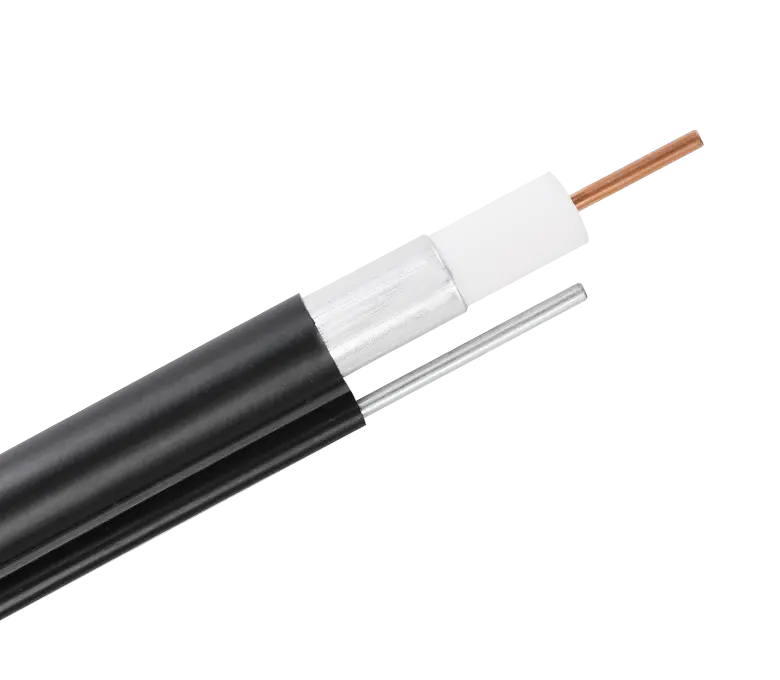
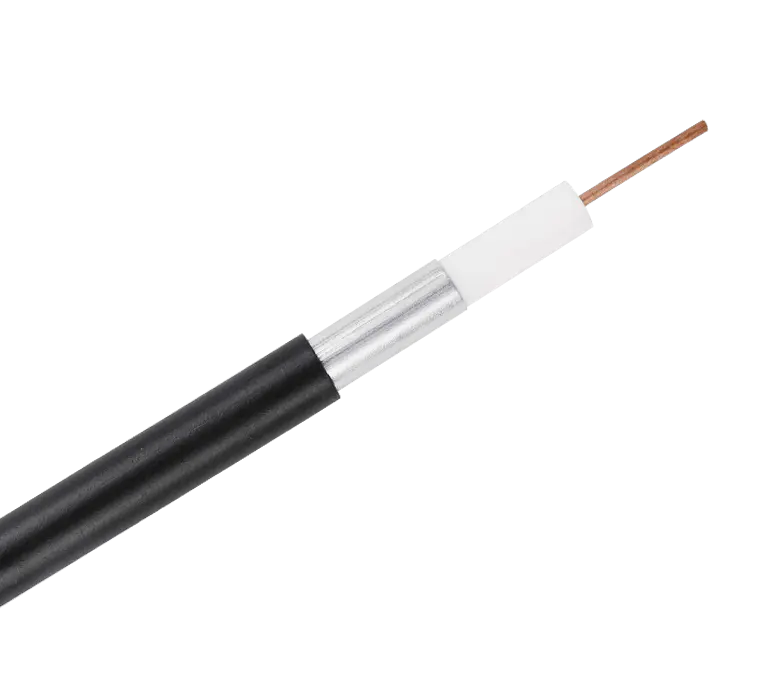
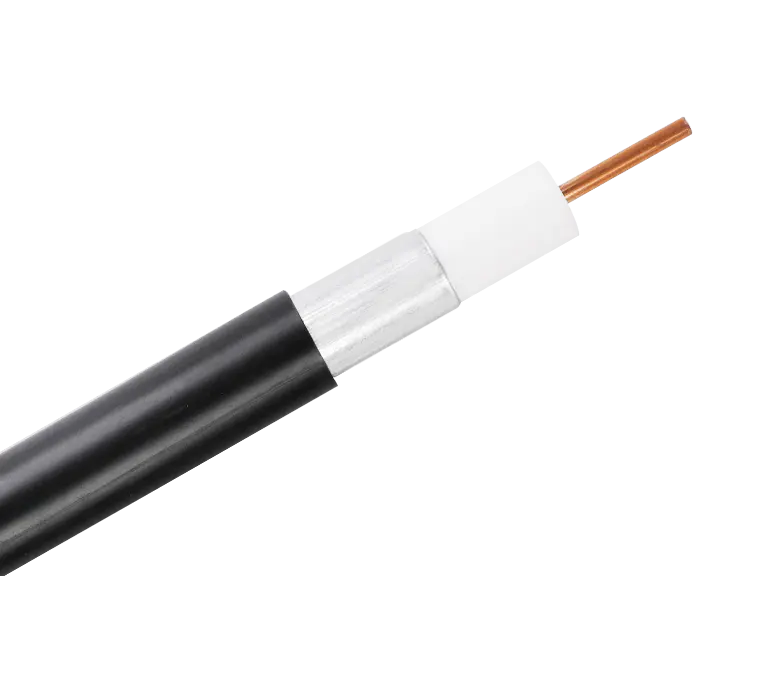
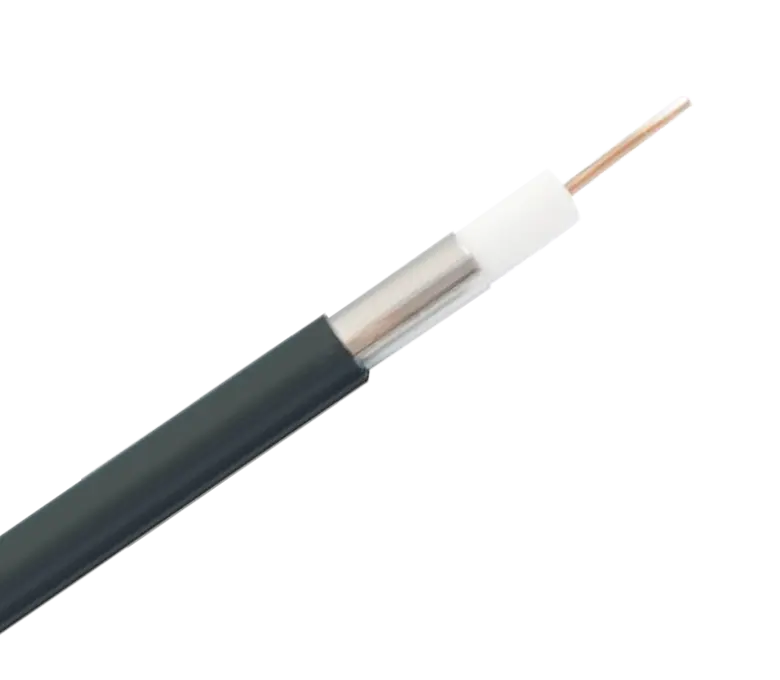
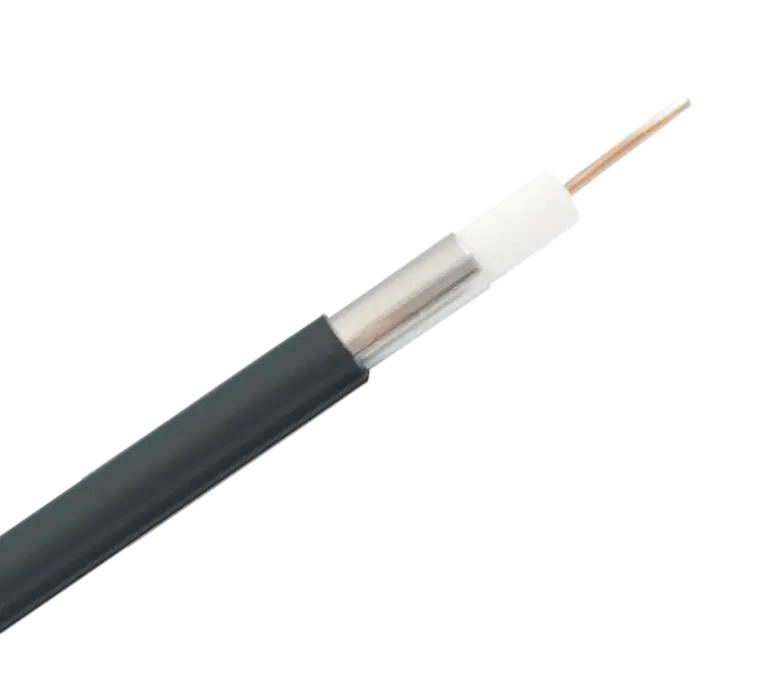
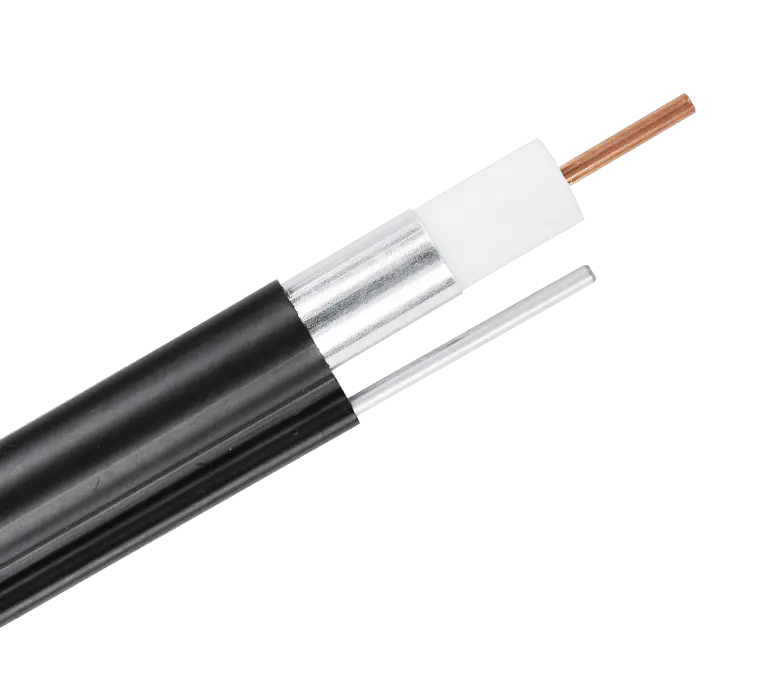
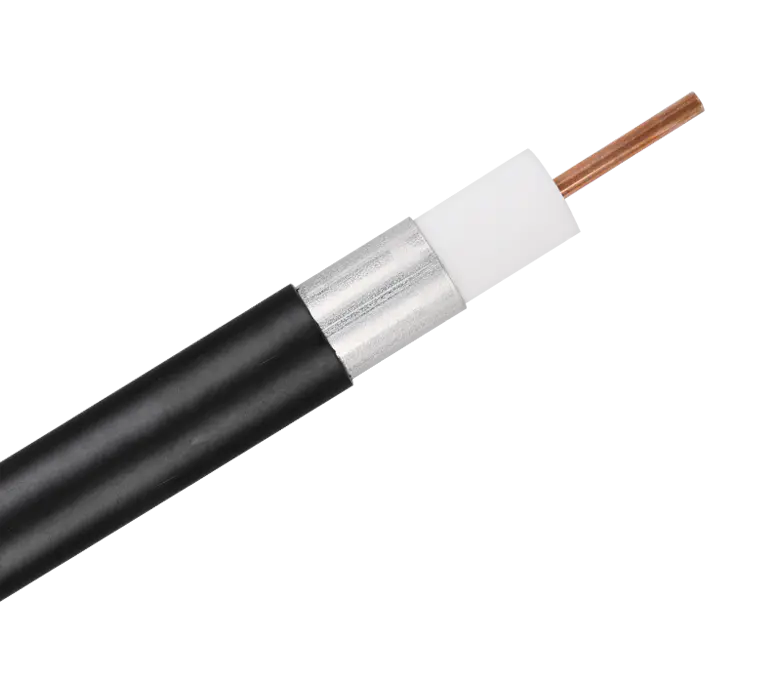
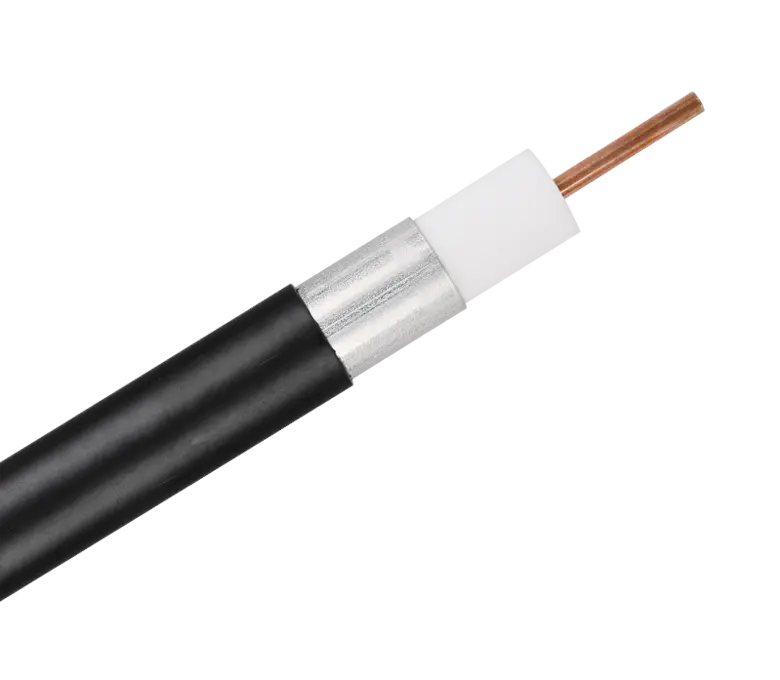
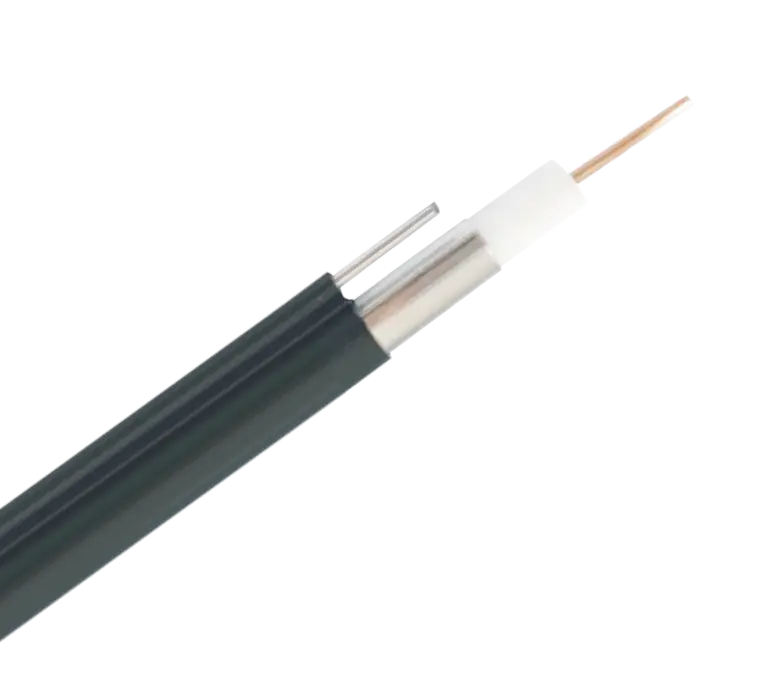
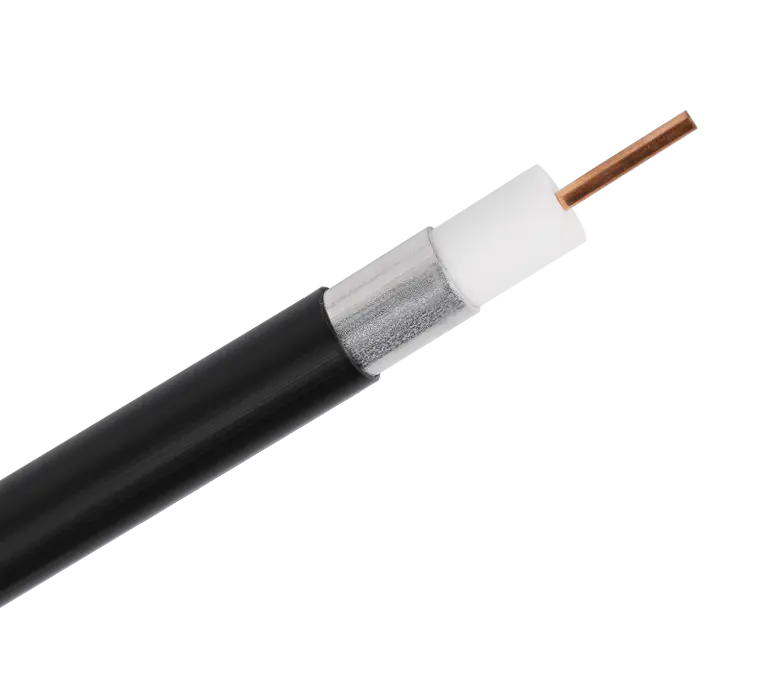
 浙公网安备33018502001191号
浙公网安备33018502001191号